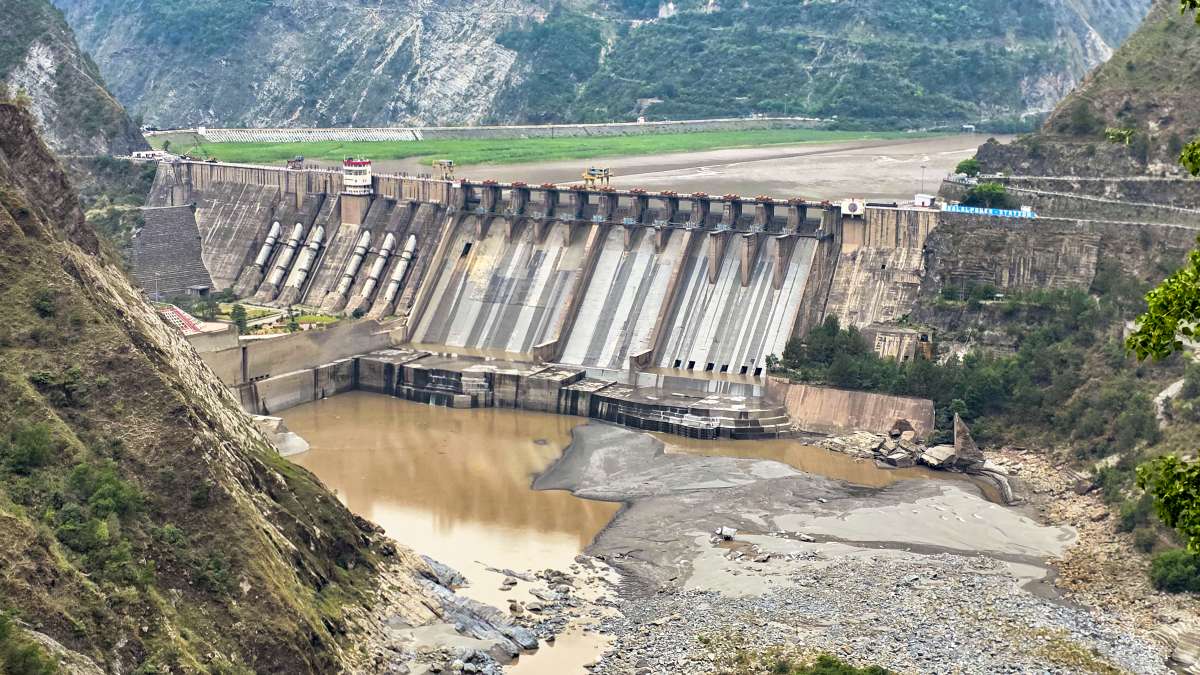How Climate Change Is Reshaping Submarine Warfare Beneath the Waves
- bypari rathore
- 02 August, 2025

🌊 Climate Change Disrupts Submarine Warfare: Oceans Are No Longer Silent
June 19, 2025 — Global Defense News Desk
As climate change warms the world’s oceans, a new and invisible front is opening beneath the waves: submarine warfare. The once-predictable soundscape of the deep sea is rapidly transforming, undermining traditional methods of underwater detection and altering the balance of naval power.
A recent NATO-backed study by researchers at ETH Zurich has revealed that changes in ocean temperature, salinity, and layering—driven by global warming—are significantly disrupting the effectiveness of sonar, the primary tool used to detect submarines.

🔊 The Sound of Silence Grows Louder
Submarines are designed to operate undetected in the deep ocean, relying on stealth and the complexities of underwater acoustics to avoid detection. However, the study shows that in several key regions—including the North Atlantic and Bay of Biscay—detection ranges could shrink by up to 40% by the end of the century. Warmer waters reduce sound transmission efficiency, making enemy submarines harder to track.
Paradoxically, some regions may see the opposite effect. In parts of the Pacific, such as the Sea of Japan, sonar detection ranges could increase more than fourfold, creating new vulnerabilities for formerly stealthy subs.
🌡️ How Climate Is Rewriting the Naval Rulebook
Warming waters raise the speed of sound but also increase ocean stratification—creating sharp temperature boundaries that reflect or bend sonar signals unpredictably.
Melting ice and changing salinity disrupt long-range acoustic propagation, especially in traditionally secure Arctic zones.
Marine heatwaves—short bursts of extreme sea temperature—introduce unpredictable anomalies in sonar performance, creating both risks and windows of opportunity.
⚓ Strategic Implications for Naval Forces
Navies around the world are now reassessing their undersea tactics and technologies. Experts say anti-submarine warfare (ASW) will increasingly depend on:
Artificial intelligence-powered sonar systems that can adapt to changing ocean conditions.
Underwater drones and fixed sensor networks for continuous acoustic monitoring.
Advanced oceanographic models to predict how sound will behave in any given environment.
"The ocean is becoming an acoustic battlefield that changes day by day," says Dr. Lars Hoffmann, co-author of the ETH Zurich study. "Commanders will no longer be able to assume a constant or predictable sonar range—adaptability will be the key to survival."
🧭 The Future of Undersea Stealth
While some navies may lose their advantage in once-reliable detection zones, others may seize new stealth opportunities in the shifting soundscape. Submarine routes, patrol patterns, and even stealth weapon deployment strategies will have to evolve in sync with climate models.
As global temperatures continue to rise, it’s no longer just storms and sea-level rise threatening security—it’s the sound of silence, disrupted.
Note: Content and images are for informational use only. For any concerns, contact us at info@rajasthaninews.com.
"इको-फ्रेंडली इनोवेश...
Related Post
Hot Categories
Recent News
Daily Newsletter
Get all the top stories from Blogs to keep track.





_1760415461.png)





